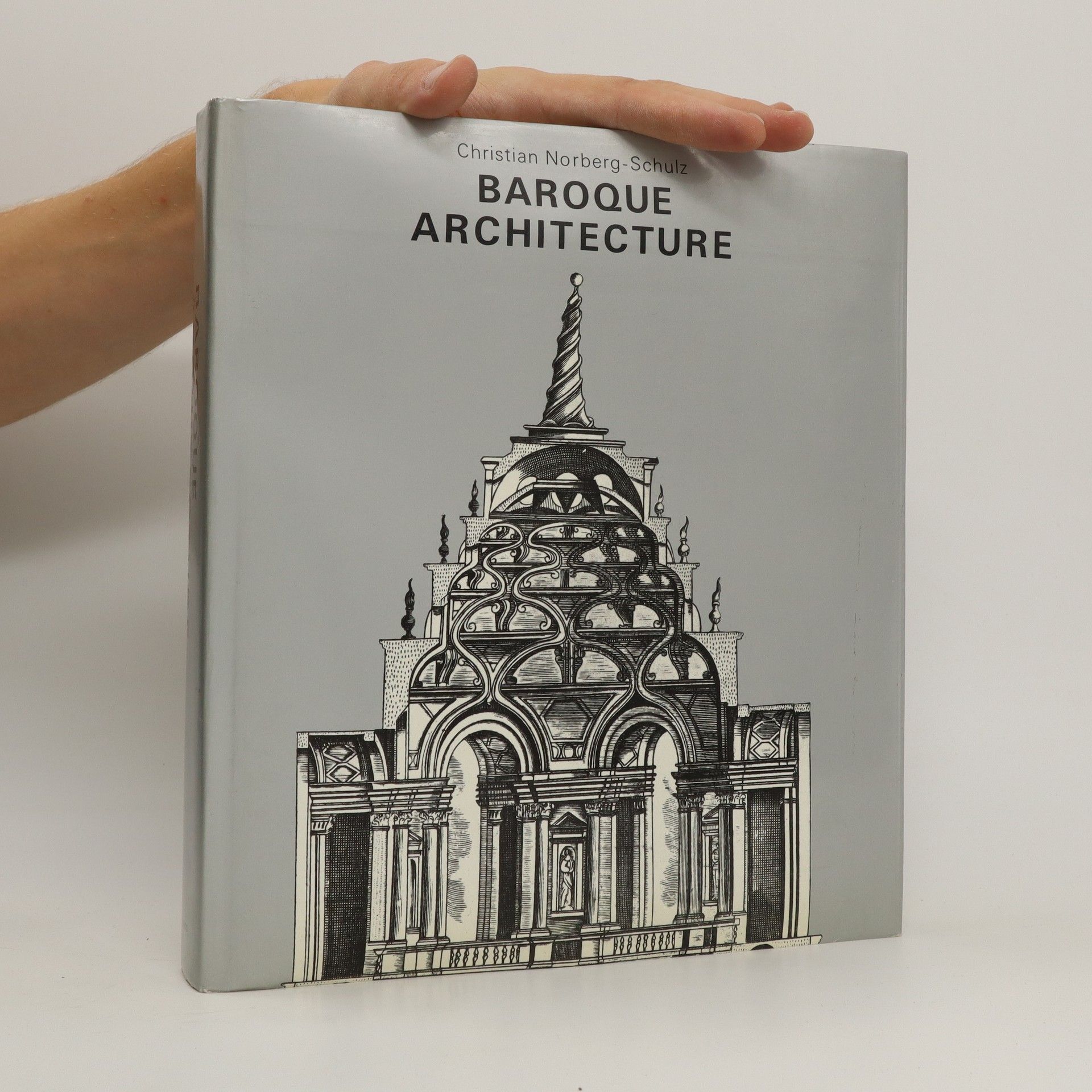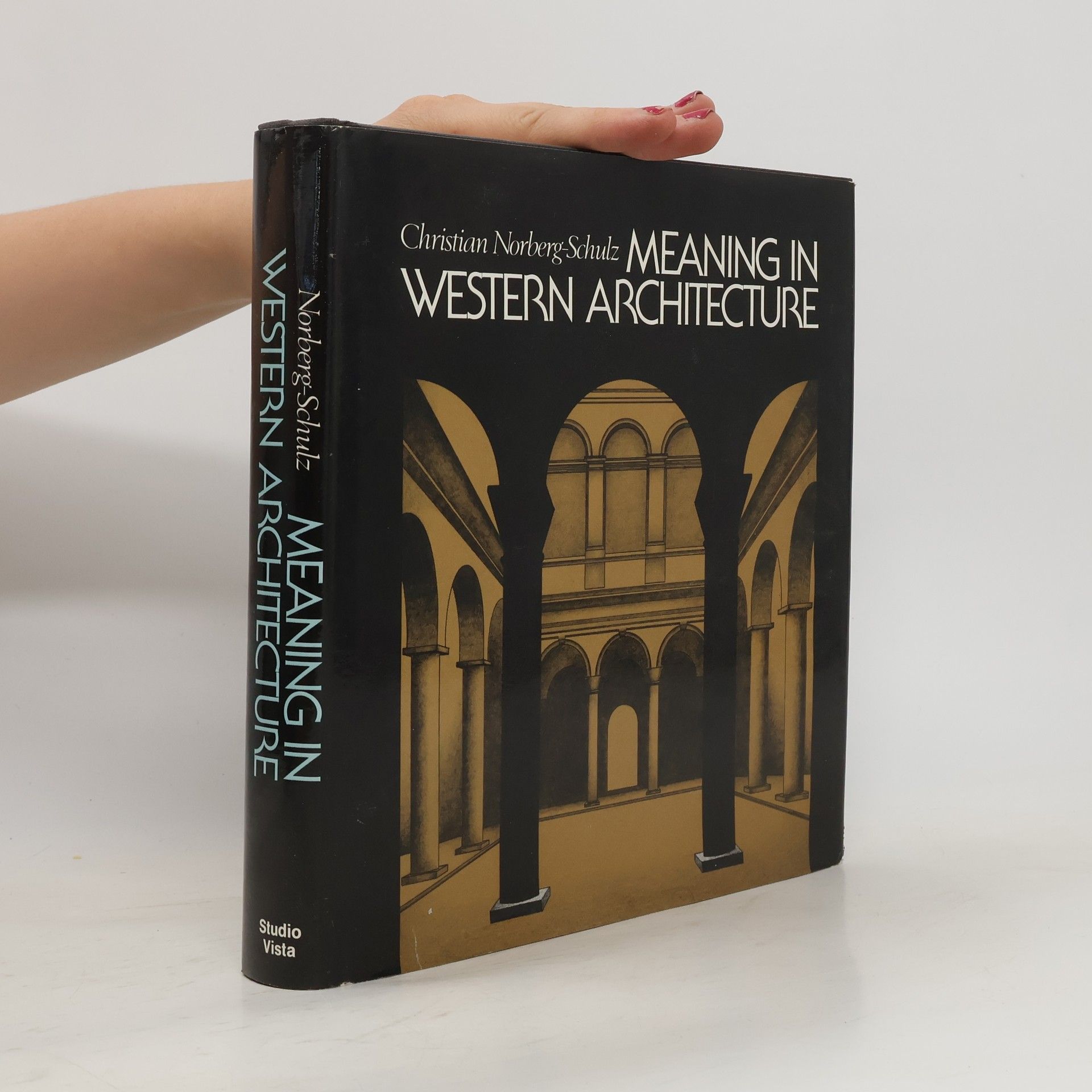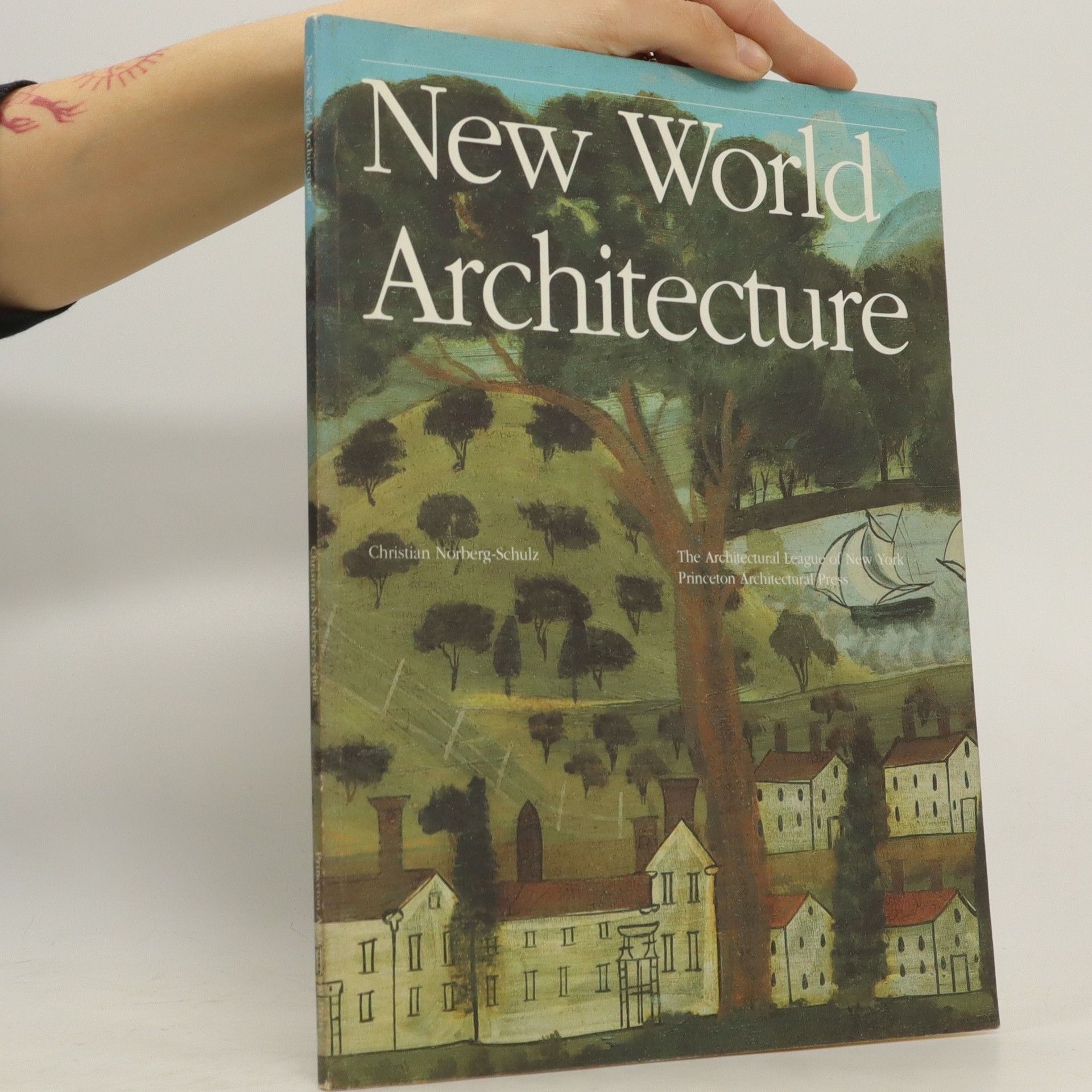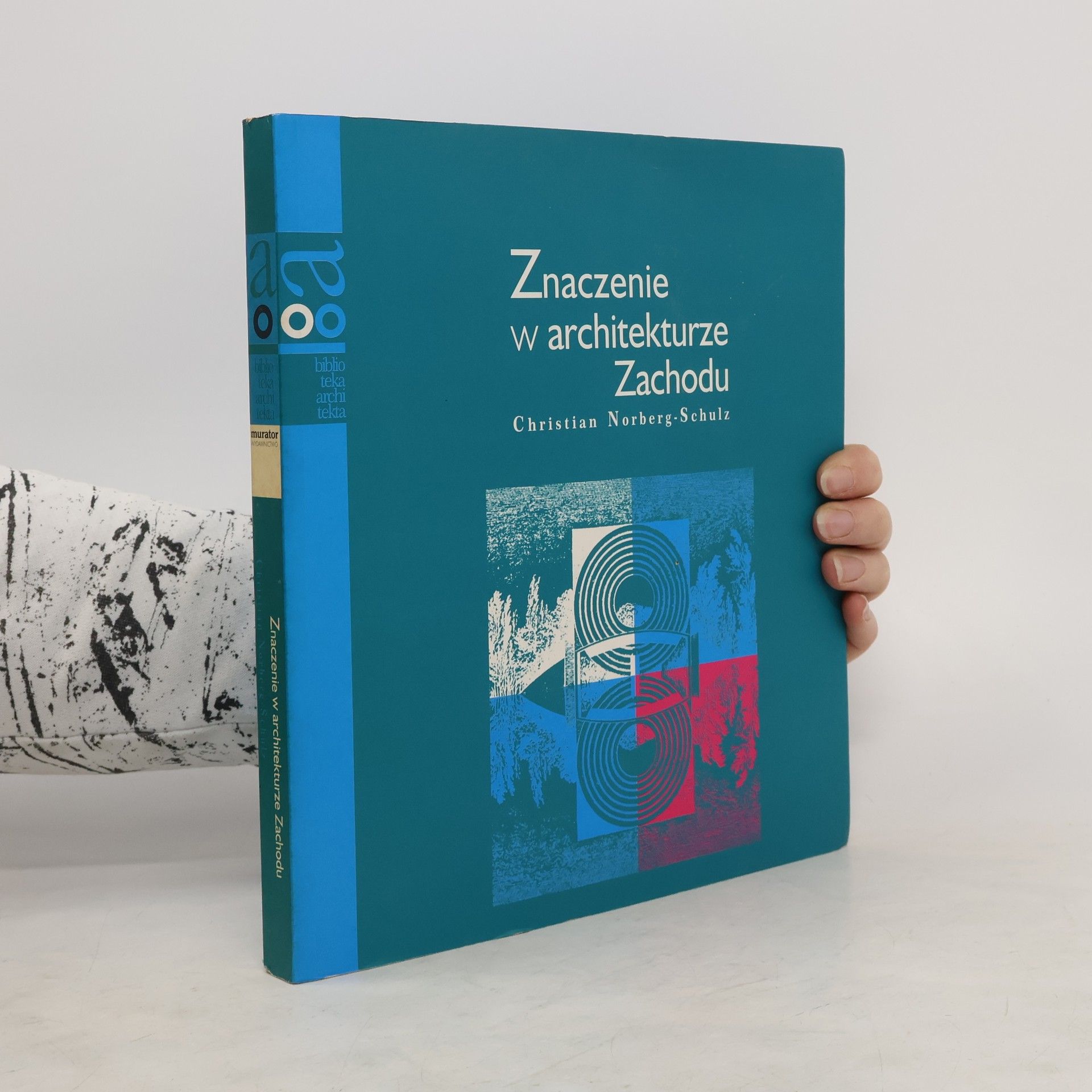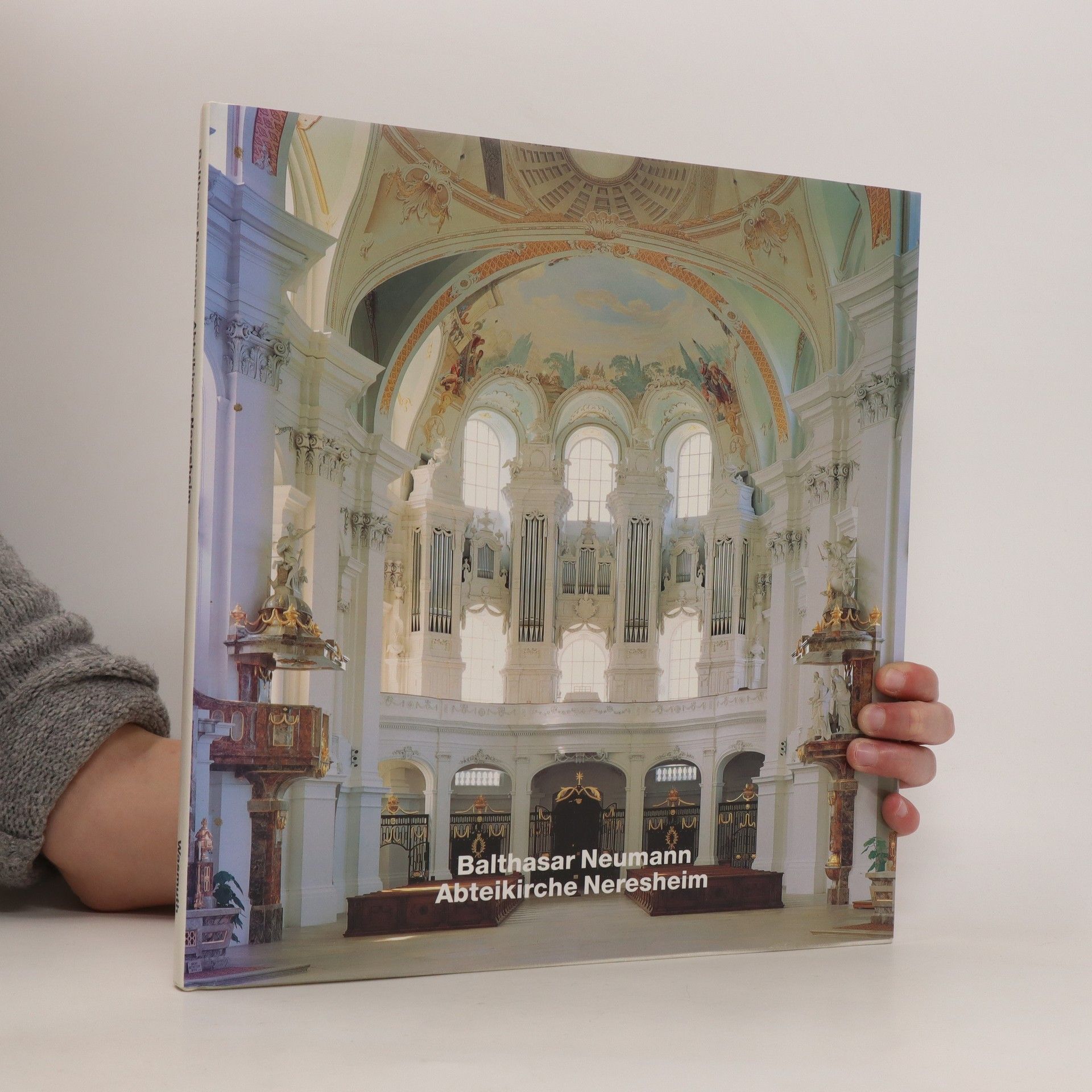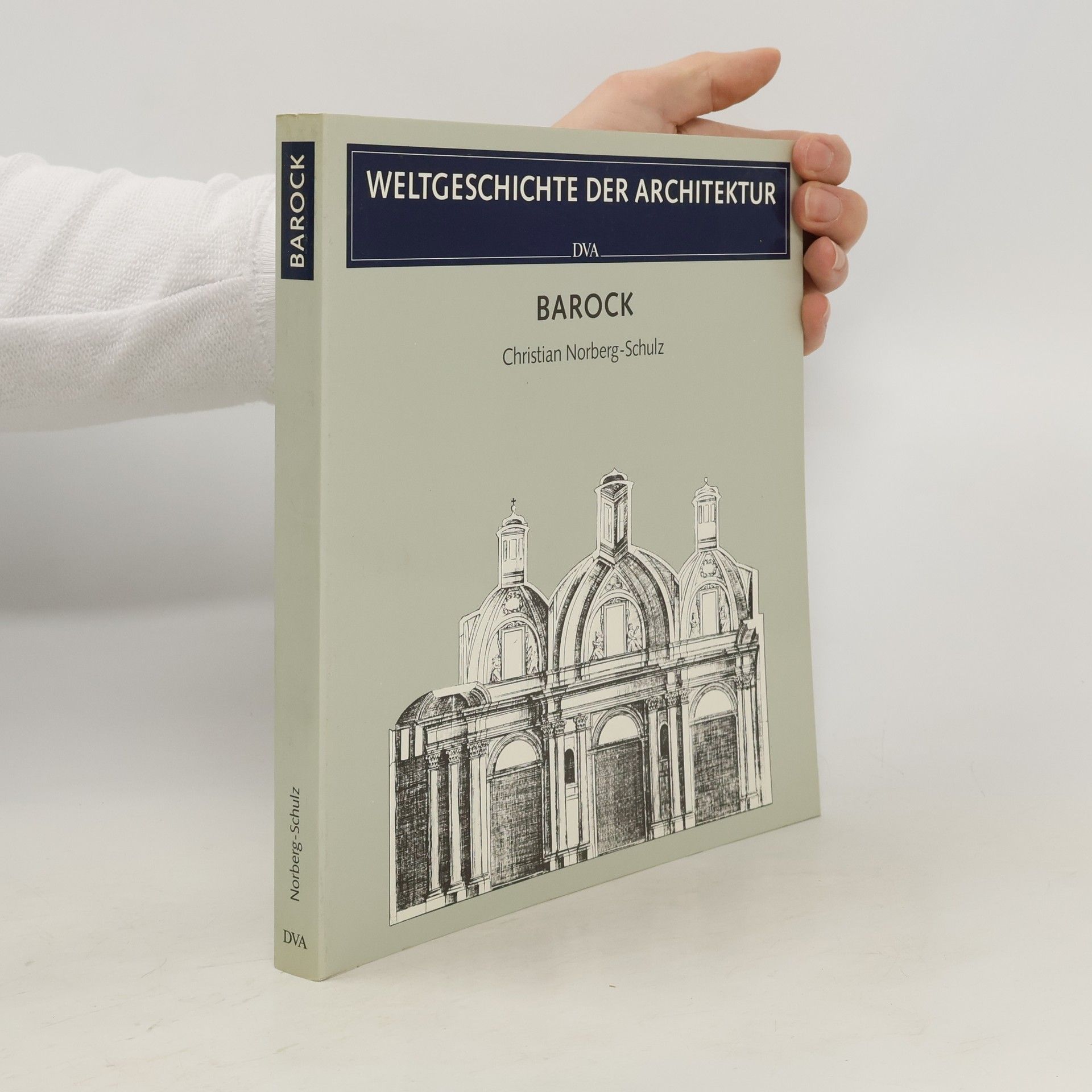Význam v architektuře Západu
- 238 pages
- 9 hours of reading
Kniha Význam v architektuře Západu proslulého teoretika architektury Christiana Norberga-Schulze představuje souborný pokus vylíčit základní proměny západního stavitelského umění. Nejde však o běžné akademické dějiny - autor na základě svého pojetí architektury jakožto prostředku vyjádření v této knize rozvinul zcela nový způsob, jak pohlížet na architekturu Západu. Vykládá všechny hlavní epochy západního umění od starověkého Egypta do dnešních dnů a sleduje nejvýznamnější stavební díla v kontextu sídel a měst, do nichž se integrovala. Největší část textu se vztahuje k popisu a interpretaci budov, a čtenář tak krok za krokem prochází jednotlivá dějinná období a na vybraných stavbách vidí, jaké významy se v nich zhmotňují. Budovy, jimž byla v daném společenství připisována klíčová pozice (např. chrám či kostel), člověku svou strukturou poskytují základní duchovní ukotvení a architektura různých kulturních epoch - řecká, římská, gotická a další - je nahlížena jako hmotný výraz převládajícího náboženského a filozofického přesvědčení. Význam v architektuře Západu tak přináší vzácný vhled do lidských hodnot a světonázorů, jež se projevují v různorodých architektonických stylech. Kniha představuje jedinečný příspěvek jak k dějinám umění, tak k existenciálnímu myšlení.


